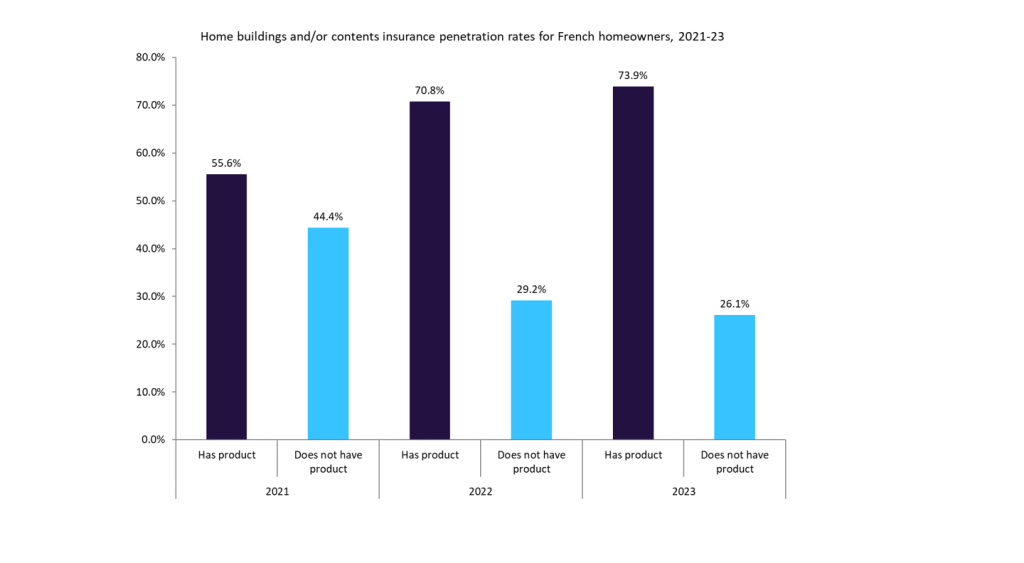Big data has created plenty of hype in the insurance industry, but Life Insurance International editor Ronan McCaughey argues that the market also needs to address public concern that life and health insurance data harvested from wearable technology and mobile apps, could potentially create a two-tier society.
Many consumers are concerned about the risk of big data and InsurTech enabling insurers to cherry-pick the best and most profitable customers while hiking rates or even denying coverage to people who choose not to participate.
And it’s time for the industry to have a clear view on these issues. Otherwise much of the InsurTech progress that has been made could be lost unless consumers ‘buy into the idea’ of sharing their data with life and health insurers.
It’s certainly positive that advances in wearable technology and mobile apps mean policyholders are motivated to adopt healthier and more active lifestyle, and allow insurers to save money on claims.
Data analytics
Rapid advances in data analytics and the popularity of wearable technology devices already allow insurers to track consumers’ physical activity and reward policyholders for buying healthy food.
How well do you really know your competitors?
Access the most comprehensive Company Profiles on the market, powered by GlobalData. Save hours of research. Gain competitive edge.

Thank you!
Your download email will arrive shortly
Not ready to buy yet? Download a free sample
We are confident about the unique quality of our Company Profiles. However, we want you to make the most beneficial decision for your business, so we offer a free sample that you can download by submitting the below form
By GlobalDataVitality, for example, has partnered with technology giant Apple and online grocer Ocado in deals that enable Vitality members to be rewarded for buying healthy food and staying active.
Members can track their activity via Apple Watch Series 2 to earn Vitality points.
They can also receive notifications to their Apple Watch Series 2 when they unlock Vitality Active Rewards, which include weekly Starbucks drinks and cinema tickets.
In the case of US-based Beam Technologies its dental insurance plan provides lower premiums to consumers with good brushing habits.
Beam also promises to avoid the frustration associated with the typical insurance enrollment by allowing people to sign up in under four minutes.
The application of wearable technology in insurance comes as several other technologies emerge, such as biometric, big data and genome testing.
Potential for data misuse
That opens the door to possible misuse of data by insurers as well as the question of who owns the data? Does it belong to the consumer, the tech company or the insurer?
It’s easy to see why insurers are attracted to applying wearable technology, in the same way as there is significant interest in the insurance industry in collaborating with digital healthcare providers.
Both technologies help to attract better risks and can be a proxy for someone who is very healthy.
There are many benefits to these innovations, but it’s also crucial that insurers are completely transparent about how policyholders’ data is used and that consumers have the option to opt in / out of sharing their data, without being penalised.







